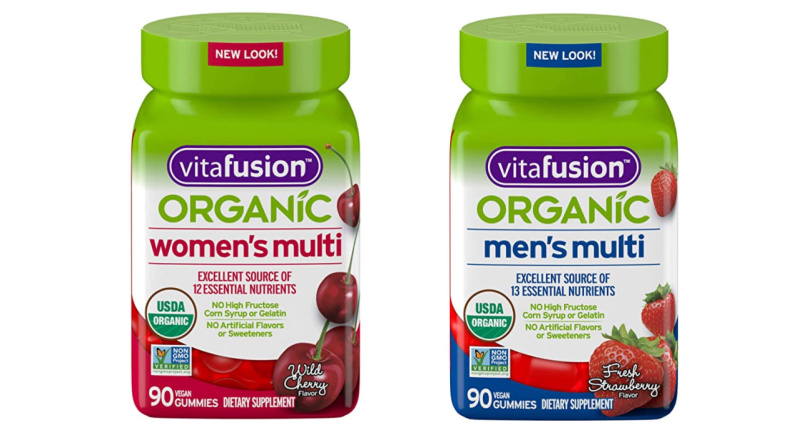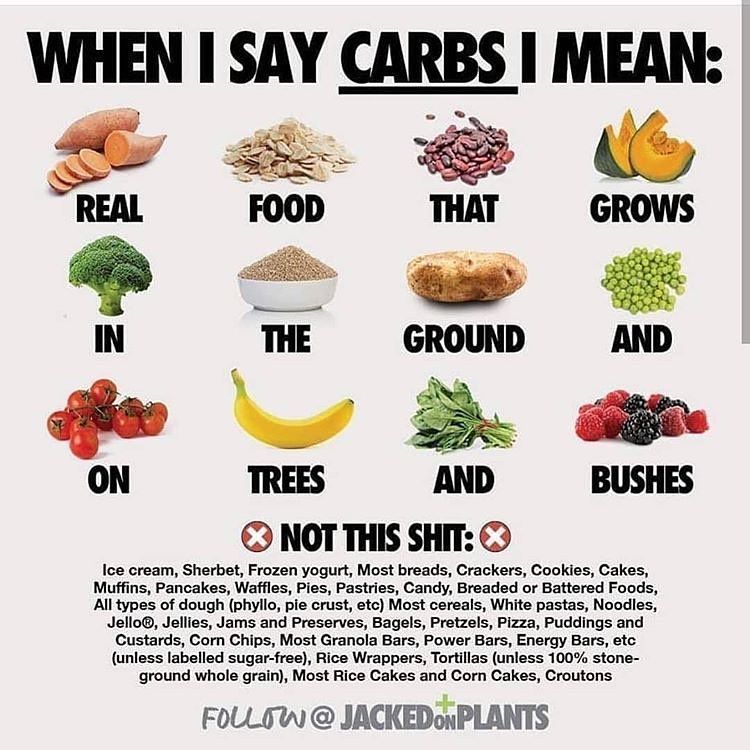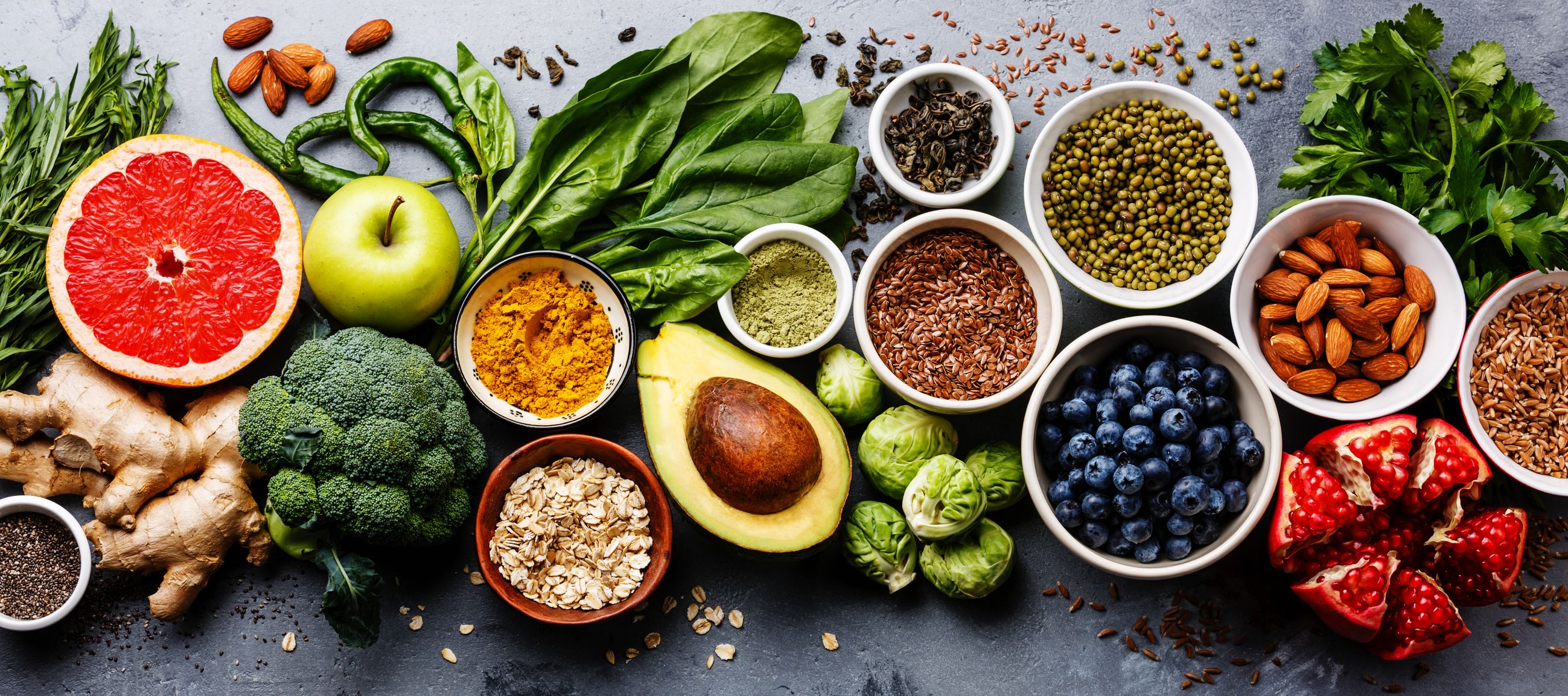
Many people are curious about the benefits of different diets for athletes. While athletes may be the same about their diets as others, some athletes might prefer to live a vegetarian or meatless lifestyle. Both groups need to have the right balance of calories and nutrients in order to be at their best. We will be discussing the nutritional aspects of vegetarian and meat-free diets in this article.
VO2 max
A new study indicates that vegetarians can have higher VO2max than meat-eaters. In a cycling test vegetarians had a 13% better VO2 max that meat-eating athletes. Although the study didn't specifically measure body fat, the results indicate that this difference could be due to diet. Due to the fact that the body is able to store glycogen more efficiently, a vegetarian lifestyle may prove beneficial for endurance sports.
The study tested the fitness levels of 27 vegetarian and 43 meat-eating athletes to compare their VO2 max. The subjects were also assessed for strength and oxygen uptake during treadmill running. The VO2max of vegetarian athletes was higher than that for meat-eating competitors. Both groups consumed the same amount protein while vegetarians consumed more carbs.
Carbohydrates
Carbohydrates are essential for the development of muscle glycogen and endurance training. Competitive athletes need to be able to rely on this energy source for their performance. They may practice long hours per day and may compete at high intensity. Complex carbohydrates are important for athletes in order to maximize their athletic performance. A substantial portion of these essential nutrients is found in a plant-based diet.

Vegetarian athletes should also consider their diet. While vegetarian athletes can eat eggs and dairy products, some others may only eat plant proteins. In either case, vegan athletes will likely consume more protein than an athlete who eats meat. While there are no specific recommendations for the amount of protein a vegetarian athlete needs, the ISSN recommends a protein intake of at least 20 grams per day to achieve energy-neutral states during exercise.
Protein
Vegetarian athletes performed better in endurance and strength than meat-eating competitors. According to a recent study, athletes on a plant-based diet also require less recovery time than their meat-eating counterparts. A study found that athletes who ate only plant-based diets had a fifth less recovery time compared to their meat-eating counterparts.
Arizona State University performed a study to determine the aerobic fitness levels of vegetarian endurance athletes and those who eat omnivorous foods. Results of the study revealed that vegetarian cyclists and runners had similar exercise capabilities and power output.
Iodine
In terms of iodine levels there is not a direct comparison between vegetarians and meat-eating sportsmen. Vegetarian athletes have higher levels. It is important to note that vegetarian athletes tend to consume less energy and should eat more whole foods. This is due in part to the fact that vegetarian athletes may need fewer calories in order keep up with training demands.
A second difference between vegetarian and meat-eating athletes are the amounts of protein they consume. A supplement may be necessary for vegetarian athletes, since vegans tend have lower protein intakes. Vegetarian athletes can also replace some full-fat dairy and egg intakes with plant-based alternatives.

Vitamin B12
To be at your best and maintain optimal health, you must eat well. Vegetarian athletes might have trouble obtaining Vitamin B12, a key mineral found in milk and meat. While they might restrict their intake of animal-based products to lose weight, some may not be aware of the long-term effects of a vegetarian diet. Some athletes may even suffer from hormonal and metabolic changes or reduced bone health, which could seriously hinder peak performance.
Vitamin B12 levels may be lower for vegetarians. Vitamin B12 deficiency can result in energy loss, as well as a decrease in endurance. Tofu, miso, seaweed, and seaweed are all good food sources for Vitamin B12. These are not the best sources of Vitamin B12. To avoid deficiencies in this vital nutrient, you should consider consuming a vegetarian multivitamin. These supplements can help you get adequate amounts of B12 and other essential vitamins.
FAQ
What is the best diet for me?
Many factors influence which diet is best for you. These include your gender, age and weight. Consider how much energy and low-calorie foods you consume, as well as whether or not you are a fan of fruits and vegetables.
Intermittent Fasting is an alternative to traditional fasting if you are looking to lose weight. Intermittent Fasting means that you eat only one meal per day and not three. You might find this way to be more beneficial than traditional diets, which have daily calorie counts.
Studies have shown that intermittent fasting can improve insulin sensitivity and decrease inflammation. This could lead to lower blood sugar levels and a reduced risk of developing diabetes. Some research also suggests that intermittent fasting might promote fat loss, and improve overall body composition.
How does an antibiotic work?
Antibiotics can be used to kill bacteria. The treatment of bacterial infections is done with antibiotics. There are many different types of antibiotics. Some are administered topically, while others are given orally.
People who have been exposed are often given antibiotics. To prevent shingles, an oral antibiotic may be prescribed to someone who has had chicken pox. Penicillin might also be administered to someone with strep throat. This will help prevent the possibility of developing pneumonia.
If antibiotics are to be administered to children, they must be prescribed by a doctor. Side effects of antibiotics can be more dangerous for children than for adults.
Diarrhea, the most common side-effect of antibiotics, is probably diarrhea. Other side effects possible include dizziness, nausea, vomiting, stomach cramps, stomach pains, dizziness and allergic reactions. These side effects typically disappear once treatment is complete.
How much should I weight for my height and age? BMI calculator & chart
A body mass index calculator (BMI) is the best way to find out how much weight you should lose. Healthy BMI ranges between 18.5 to 24.9. Aim to lose 10 pounds per month if your goal is to lose weight. Simply enter your height, weight and desired BMI into the BMI calculator to calculate it.
This BMI chart shows you if it is possible to identify if you are either overweight or obese.
Statistics
- According to the 2020 Dietary Guidelines for Americans, a balanced diet high in fruits and vegetables, lean protein, low-fat dairy and whole grains is needed for optimal energy. (mayoclinichealthsystem.org)
- WHO recommends consuming less than 5% of total energy intake for additional health benefits. (who.int)
- WHO recommends reducing saturated fats to less than 10% of total energy intake; reducing trans-fats to less than 1% of total energy intake; and replacing both saturated fats and trans-fats to unsaturated fats. (who.int)
- This article received 11 testimonials and 86% of readers who voted found it helpful, earning it our reader-approved status. (wikihow.com)
External Links
How To
What does the meaning of "vitamin?"
Vitamins are organic compounds that can be found in foods. Vitamins help us absorb nutrients in the foods we consume. Vitamins cannot be made by the body; they must be taken from food.
There are two types: water-soluble and fat-soluble vitamins. Water-soluble vitamins dissolve easily when they are dissolved in water. Some examples include vitamin C,B1 and B2 vitamins (thiamine), B2 and riboflavin, B3 and niacin, B6 vitamins (pyridoxine), B6 vitamins (niacin), folic acids, biotin, pantothenic acids, and Choline. The liver and fatty tissue are the main storage places for fat-soluble vitamins. You can find vitamin D, E K, A and beta carotene as examples.
Vitamins are classified based on their biological activity. There are eight main groups of vitamins.
-
A - essential for normal growth and maintenance of health.
-
C - essential for proper nerve function, and energy production.
-
D – Essential for healthy teeth, bones and joints
-
E - Required for good vision, reproduction.
-
K – Required for healthy muscles & nerves.
-
P – vital for building strong bones.
-
Q - aids digestion and absorption of iron.
-
R – Required for making red blood vessels.
The recommended daily allowance of vitamins (RDA), varies depending upon age, gender, physical condition, and other factors. The U.S. Food and Drug Administration (FDA) sets the RDA values.
For adults over 19 years, the RDA is 400 mg per day for vitamin A. Pregnant women require 600 micrograms daily to support fetal development. Children ages 1-8 require 900 micrograms per day. Infants under one year of age require 700 micrograms per day, but this amount decreases to 500 micrograms per day between 9 months and 12 months of age.
Children aged 1-18 years need 800 micrograms daily, while children overweight require 1000 micrograms per days. Children who are severely obese or underweight will need 1200 micrograms each day.
Children between 4-8 years of age who have been diagnosed by anemia must consume 2200 micrograms daily of vitamin C.
Adults over 50 years of age need 2000 micrograms per day for general health. Breastfeeding or pregnant women require 3000 micrograms per daily due to higher nutrient demands.
1500 micrograms is the recommended daily intake for adults aged 70+, as they lose 10% of their muscle every ten years.
Women who have been pregnant or are lactating require more than the RDA. Pregnant mothers need 4000 micrograms per daily during pregnancy and 2500 after giving birth. Breastfeeding mothers need 5000 mg per day when breastmilk is being produced.